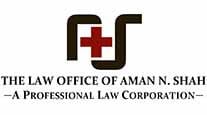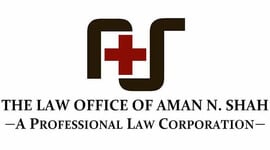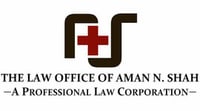A driver may be impatient to get home, leading to a speeding ticket on a California highway. The Highway Patrol or local police may not pull over every person choosing to speed in the Golden State. Many drivers hit high speeds without worrying much about any potential accidents. Speeding drivers may not realize how dangerous their behavior is until they find themselves responsible for a collision.
Negligence and speeding
Under the law, “negligence” could refer to “res ipsa loquitur” situations where “the thing speaks for itself.” Such incidents involve presenting evidence that shows “facts and circumstances” that point to someone’s negligence. Question marks may exist about whether someone was liable for an accident if the facts and circumstances don’t convince a jury.
With speeding-related motor vehicle accidents, the focus may shift to “negligence per se” since the speeding driver violated the law. Speeding leads to the presumption of negligence. Someone who drives 25 miles per hour above the speed limit would find it challenging to convince a jury that his or her behavior wasn’t negligent.
Speeding and legal matters
Other issues may affect claims of negligence. Was someone speeding to get away from a pursuing vehicle driven by a person with criminal intent? Did the vehicle surge above the speed limit due to a manufacturer’s faulty part? Sometimes, the car or pedestrian hit by a speeding vehicle shares some blame. Illegally turning on a red light is a moving violation, and anyone hit by a speeding car may have a hand in the negligence.
Ultimately, most speeding-related motor vehicle accidents involve a driver that ignored the law or wasn’t paying attention to the vehicle’s speed, posted limits or both. When a driver ignores traffic laws, that person may face a civil lawsuit.
An attorney could represent victims of car accidents caused by speeding drivers. A lawyer may review the evidence to see who is most at fault for the collision and, possibly, sue on a client’s behalf.



